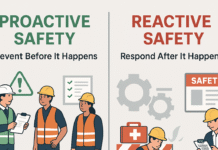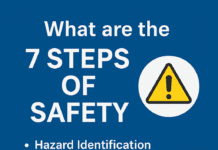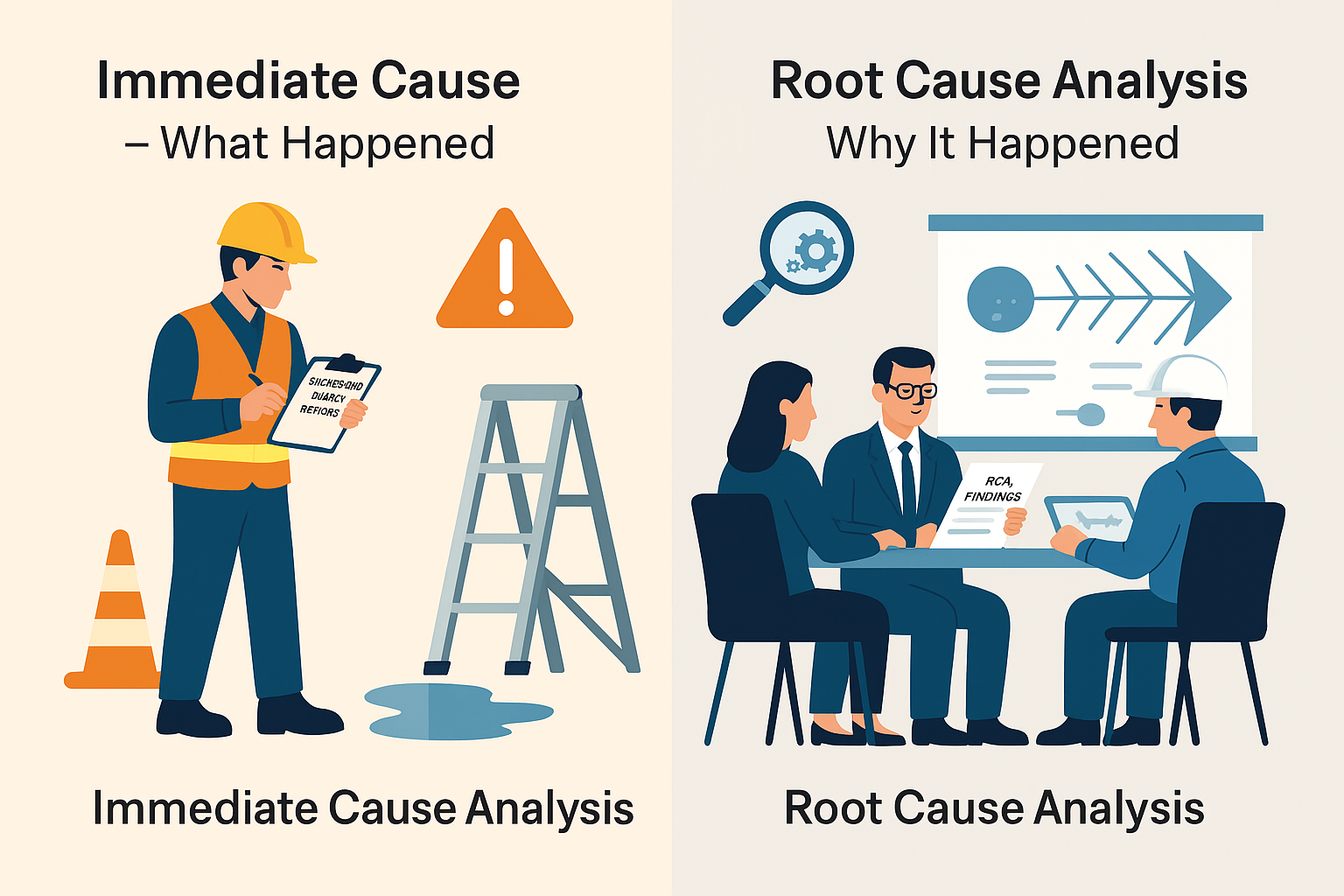
Heat Stress Index: Understanding its Impact and Management
Heat stress is a significant concern in various industries, particularly those involving outdoor activities or exposure to high temperatures. Understanding and effectively managing heat stress are crucial for ensuring the health and safety of workers. In this article, we delve into the concept of the heat stress index, its components, implications, and strategies for mitigation.
Introduction to Heat Stress Index
What is Heat Stress?
Heat stress occurs when the body’s internal temperature regulation mechanisms are overwhelmed by external heat factors, leading to an imbalance between heat gain and heat loss.
Importance of Heat Stress Index
The heat stress index serves as a valuable tool for assessing the risk of heat-related illnesses and implementing appropriate preventive measures.
Understanding Heat Stress Index
Definition and Purpose
The heat stress index is a metric used to quantify the combined effects of temperature, humidity, air movement, and radiant heat on the human body.
Components of Heat Stress Index
Common components of the heat stress index include air temperature, relative humidity, air velocity, and radiant heat.
Calculation Methods
Several calculation methods, such as the Wet Bulb Globe Temperature (WBGT) index and the Heat Index, are used to determine the heat stress index in different environments.
Factors Influencing Heat Stress
Environmental Factors
Environmental factors such as temperature, humidity, wind speed, and solar radiation significantly impact heat stress levels.
Individual Factors
Individual factors such as age, fitness level, hydration status, and acclimatization play a crucial role in determining susceptibility to heat stress.
Health Effects of Heat Stress
Physical Symptoms
Common physical symptoms of heat stress include dehydration, heat rash, heat cramps, heat exhaustion, and heat stroke.
Mental Health Impacts
Heat stress can also affect cognitive function and lead to symptoms such as confusion, irritability, and impaired judgment.
Long-term Health Risks
Prolonged exposure to heat stress can increase the risk of chronic health conditions such as cardiovascular disease, kidney disorders, and heat-related injuries.
Workplace Implications
Industries Affected
Industries such as construction, agriculture, manufacturing, firefighting, and mining are particularly susceptible to heat stress.
Occupational Safety Regulations
Occupational safety regulations mandate employers to implement measures to protect workers from heat stress, including providing adequate breaks, hydration stations, and protective equipment.
Prevention Strategies
Preventive strategies may include engineering controls (such as shade structures and ventilation systems), administrative controls (such as work-rest schedules and training programs), and personal protective equipment (such as cooling vests and hydration packs).
Measuring and Monitoring Heat Stress
Instruments and Devices
Various instruments and devices, including handheld monitors and wearable sensors, are used to measure and monitor heat stress levels in the workplace.
Risk Assessment Protocols
Risk assessment protocols help organizations identify high-risk tasks and implement targeted interventions to mitigate heat stress.
Managing Heat Stress
Engineering Controls
Engineering controls involve modifying the work environment to reduce heat exposure, such as installing cooling fans or implementing automated systems.
Administrative Controls
Administrative controls focus on changing work practices and policies to minimize heat stress, including adjusting work schedules and providing training on heat illness prevention.
Personal Protective Equipment (PPE)
Personal protective equipment such as lightweight, breathable clothing and cooling accessories can help mitigate heat stress and improve worker comfort.
Training and Education
Employee Training Programs
Comprehensive training programs educate employees about the signs and symptoms of heat stress, proper hydration techniques, and emergency response procedures.
Awareness Campaigns
Awareness campaigns raise awareness about the risks of heat stress and promote proactive measures to prevent heat-related illnesses in the workplace.
Case Studies
Examples of Heat Stress Incidents
Case studies highlight real-world examples of heat stress incidents and illustrate the importance of effective prevention and management strategies.
Successful Mitigation Strategies
Case studies also showcase successful mitigation strategies implemented by organizations to reduce heat stress and protect employee health and safety.
Future Trends and Innovations
Technological Advancements
Advancements in wearable technology, predictive analytics, and remote monitoring systems are revolutionizing heat stress management practices.
Research and Development Efforts
Ongoing research and development efforts aim to improve our understanding of heat stress mechanisms and develop more effective prevention and intervention strategies.
Global Initiatives
International Policies and Guidelines
International organizations such as the World Health Organization (WHO) and the International Labour Organization (ILO) provide guidelines and recommendations for addressing heat stress at the global level.
Collaborative Efforts
Collaborative efforts between governments, industry stakeholders, and public health agencies are essential for implementing comprehensive heat stress prevention programs and policies.
Conclusion
In conclusion, the heat stress index is a critical tool for assessing and managing the risk of heat-related illnesses in various industries. By understanding the factors influencing heat stress, implementing preventive measures, and leveraging technological advancements, organizations can protect the health and safety of their workers in hot environments.
FAQs
- What are the common symptoms of heat stress? Common symptoms of heat stress include dehydration, heat rash, heat cramps, heat exhaustion, and heat stroke.
- How can employers prevent heat stress in the workplace? Employers can prevent heat stress by implementing measures such as providing adequate breaks, hydration stations, and protective equipment, and educating employees about heat illness prevention.
- Is heat stress more prevalent in certain industries? Yes, industries such as construction, agriculture, manufacturing, firefighting, and mining are particularly susceptible to heat stress due to their exposure to high temperatures and physical exertion.
- What role does hydration play in mitigating heat stress? Hydration plays a crucial role in mitigating heat stress by helping regulate body temperature and replenishing fluids lost through sweating.
- How can individuals recognize signs of heat exhaustion? Signs of heat exhaustion include heavy sweating, weakness, dizziness, nausea, and headache. Individuals experiencing these symptoms should seek shade, rest, and hydration immediately.
























